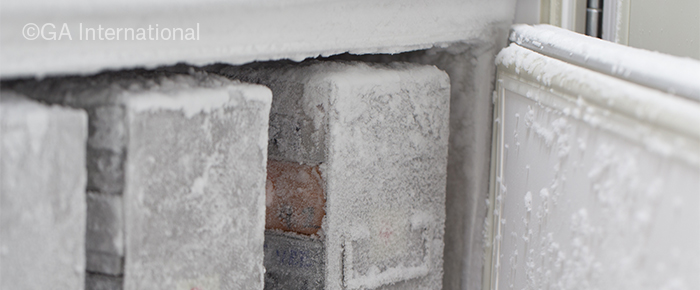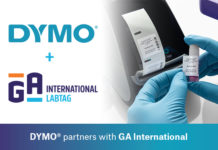
Freezer maintenance is one of the most critical aspects of laboratory management, with so much riding on the various samples stored for long periods in deep-freeze and cryogenic conditions. Here are several tips for managing your lab’s ultra-low temperature freezers and keeping them in working condition, along with the valuable cell extracts, cell lines, tissue specimens, and other types of samples they may harbor.
Continually remove ice buildup
Regularly defrost freezers to avoid ice buildup from forming. Not only does ice and frost accumulation minimize the storage space available in the freezer, but it can also result in excessive energy use and dampen the freezer’s filtering capability. Ultra-low temperature freezers depend on filters to draw in air, which can be blocked by either excess frost and/or dust. Thus, door seals, gaskets, and drawers should be regularly scraped and cleaned with soft materials, such as a cloth or blunt plastic scraper. Filters should be cleaned regularly as well, once every two or three months.
Store and track materials methodically
With so many irreplaceable samples, the contents of any freezer are often infinitely more important than the freezer itself. It pays to track all reagents and samples accordingly using the most efficient and accurate systems available. Therefore, barcodes and/or RFID cryogenic labels are recommended when storing tubes, vials, boxes, and other containers in ultra-low temperature freezers. Cryo labels for metal racks can also be used to identify racks, minimizing the need to search entire racks to find a single sample, which can cause unwanted frost buildup. Linking these cryo labels with a laboratory information management system (LIMS) or inventory management system is also recommended for easier tracking and better inventory management. This allows the location, as well as any other relevant sample information, to be tracked in real-time, which means less time searching through the freezer for containers and a lower degree of unnecessary sample thawing. Additionally, to reduce thawing when re-labeling samples, CryoSTUCK® labels can be used to identify already frozen surfaces at -80°C so that containers do not need to be thawed for the label to stick.
Monitor the freezer remotely
Freezers, particularly older models, can malfunction anytime, especially when no one is around to fix the issue, and even when staff are around to solve the issue, sometimes they inadvertently turn off the alarms. When a freezer malfunctions and temperatures drop, samples are liable to thaw and degrade, putting years of research, including expensive reagents and irreplaceable samples, at risk. It is therefore recommended to install a remote alarm system on all freezers so those responsible can quickly fix the problem. Most modern monitoring systems now come with additional features, such as CO2, O2, pressure, and humidity monitoring, as well as door sensors in case the door is left open for an extended period. For added security, an external liquid nitrogen tank can be connected to the freezer and designed to be used if the freezer’s temperature passes a certain threshold, either due to a power outage or some other failure. To avoid placing the responsibility on one person, these systems feature a remote alarm that can connect with multiple staff simultaneously through their mobile phones, ensuring the issue gets resolved.
Pick the right location
Freezers should always be placed in ventilated areas of the lab, away from sources of high heat, including windows. The room’s temperature should be adjusted to ensure that the freezer(s) do not overheat as well. Furthermore, it is important to provide adequate space to the top and sides of the freezer to allow air to pass to the return registers. Most facilities now employ dedicated freezer rooms, where ultra-low temperature freezers from various labs are stored together. This allows for better control over the room’s temperature and ventilation, and removes the urge to store material above the freezer.
LabTAG by GA International is a leading manufacturer of high-performance specialty labels and a supplier of identification solutions used in research and medical labs as well as healthcare institutions.


